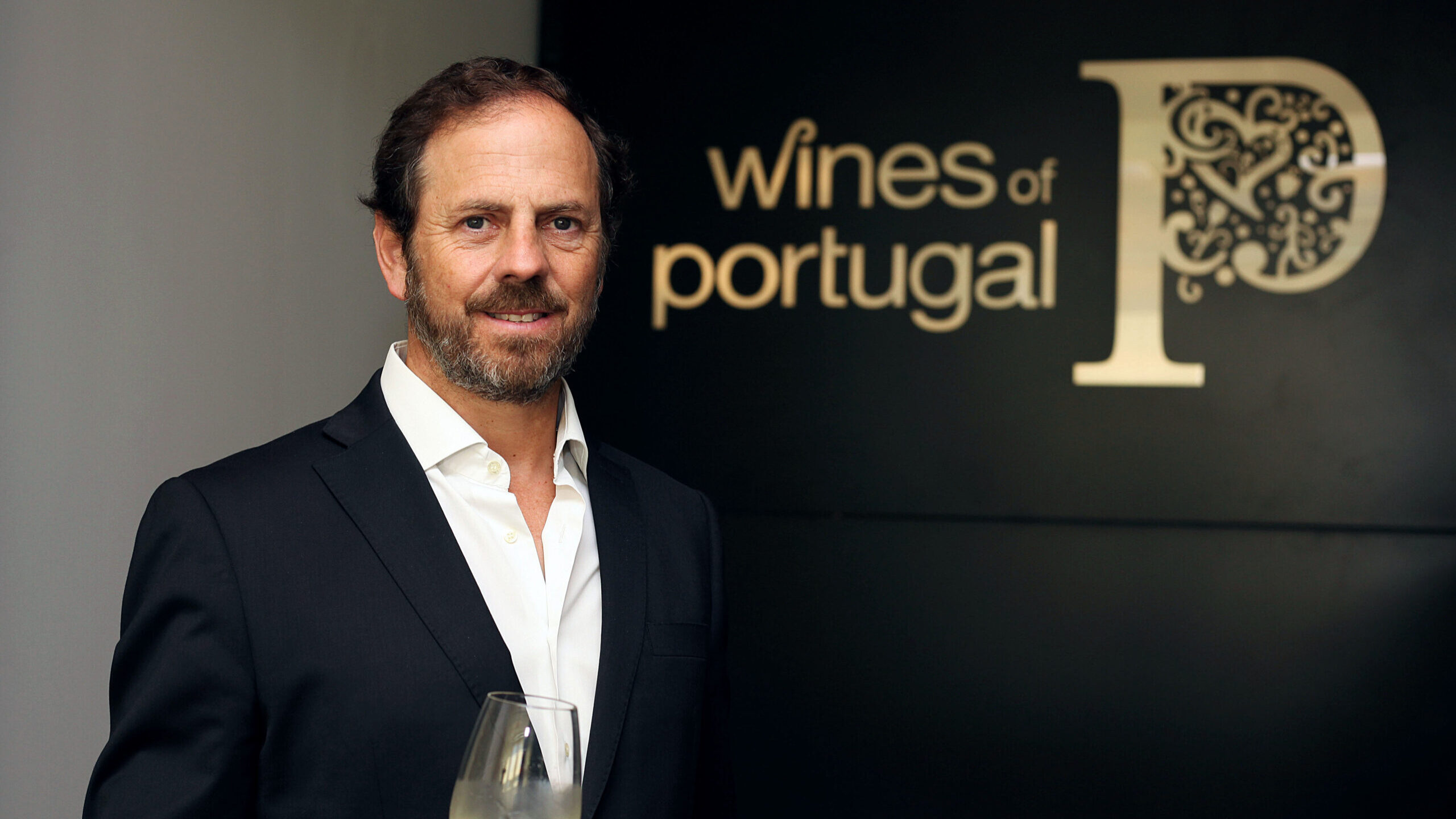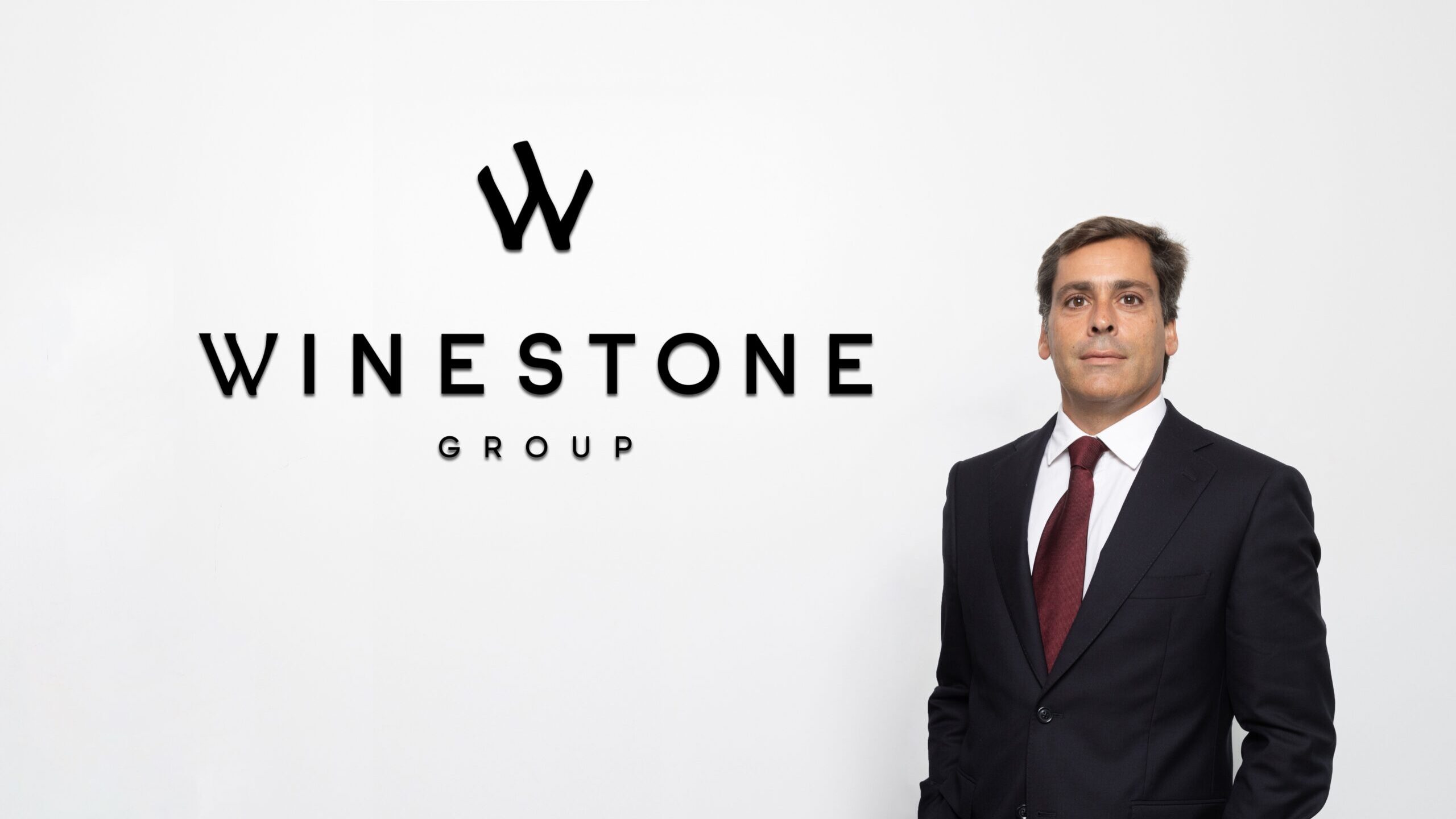Portuguese wine cuts margins to survive Trump tariffs
Wine exports to the US fell 8.6% in the first seven months of 2025, pressured by the price reduction that producers had to apply. After advances and setbacks, the rate rose to 15% in September.
Portuguese wine companies have already lost €5.2 million in exports to the US since the beginning of the year, according to data provided to ECO by ViniPortugal. This period coincided with the start of Donald Trump’s second term in the White House and was marked by threats and then the effective imposition of additional tariffs covering this sector.
Between January and July, the value of wine sales to the American market shrank by 8.6% compared to the same period last year, to €55.58 million. Despite this unprecedented drop in the sector’s ten main export destinations, it remains the second most important for Portuguese wine, behind only France.
On 13 March, Donald Trump threatened to impose a 200% tariff on wines, champagnes and other alcoholic beverages from the European Union until the tariff on American whisky was eliminated. After initial negotiations, on 5 April, the Republican ended up applying a 10% tariff on various European products, including wines.
Later, following further talks with Brussels, a 15% tariff was agreed to be applied at the beginning of August, which initially did not include wine. However, on 21 August, there was a new turnaround and the American President decided to include it in this regime, which has been in force since 1 September.
Frederico Falcão, president of ViniPortugal, points out to ECO that “all this uncertainty has led many importers to suspend orders, causing a drop in exports”. On the other hand, in the first seven months of this year, the drop in volume was ‘only’ 2.9% (vs. 8.6% in value), which reflects the “price reductions that producers had to apply during the 10% tariff period”. In other words, producers are “eating into” their margins so as not to fall so much in volume.
To the unpredictable environment experienced this year, which has slowed down business, Ana Isabel Alves, director-general of the Portuguese Wine and Spirits Association (ACIBEV), adds two other factors that are causing “some fear and apprehension” among operators: the devaluation of the dollar and the reduction in consumption by Americans themselves.
“Importers have not wanted to take risks [in recent months] because it takes an average of three weeks for wine to leave Portugal and reach the US. On top of that, the dollar has devalued by 15%. There is another factor that has not been talked about much, but is documented: there has been a 6% decrease in wine consumption in the United States”, she points out.
Like the Instituto da Vinha e do Vinho (IVV), the interprofessional organisation for the promotion of this product abroad still hopes that the European Commission will be able to convince Washington to include it in the list of exemptions — as it did for items such as cork, generic medicines and aircraft parts.
However, if this 15% tariff remains in force, Frederico Falcão points out that “it is foreseeable that 2025 will end with a decline whose value is still difficult to estimate”, although he stresses that “the reactions of US importers suggest that they may absorb part of the price increase, mitigating the impact on the end consumer”.
“If this scenario is confirmed, the reduction may be less pronounced than initially anticipated. Even so, as the US is the second largest destination for Portuguese wine exports, any decline in this market always has a strong impact on the overall performance of the sector”, he adds.
And this is what the wine figures up to July show – in line with the overall analysis published by the National Statistics Institute (INE), still only relating to the first half of the year, showing exports of goods to the US falling by 8.1%. In this sector, the increase in eight of the ten largest markets only partially offset losses in the US and Brazil, which closes the podium for Portuguese wine abroad. In this case, however, it maintains the “expectation” of ending the year with growth.
The €544.65 million worth of Portuguese wine sent abroad in the first seven months of this year was 0.5% below the same period last year. More litres were purchased (+2.7%), but at a lower average price. It fell from €2.73 to €2.65 in the space of a year (-3.16%), with the “sharp reduction in the average price in the US contributing decisively to the decline in the overall average price of Portuguese wine exports”, explains Frederico Falcão.
By 2030, ViniPortugal’s goal is to reach €1.2 billion in exports and increase the average price to €3.19 per litre. The organisation’s leader tells ECO that it is maintaining these objectives, although “naturally [it is] reviewing and adjusting its promotion strategy to respond to new challenges and market circumstances”.
Another factor putting pressure on the market comes from Russia, which reduced the amount of wine purchased from Portugal by 36.2% between January and July, to almost €18 million. However, Frederico Falcão acknowledges that “the weight of indirect exports and the absence of official wine import data since 2022 (…) makes it difficult to quantify exactly how much Portuguese wine arrives in the country, either directly or indirectly”.
Conversely, the largest increase in sales in percentage terms (36.3%) occurred in Angola, which is historically the largest market in terms of volume, although it suffered a decline in 2024. “In 2025, we are seeing a recovery to values closer to the usual pattern, driven by the improvement in the country’s economic situation and the disinvestment of other competitors in promotion in Angola, which ultimately benefited Portuguese producers”, explains the head of ViniPortugal.




